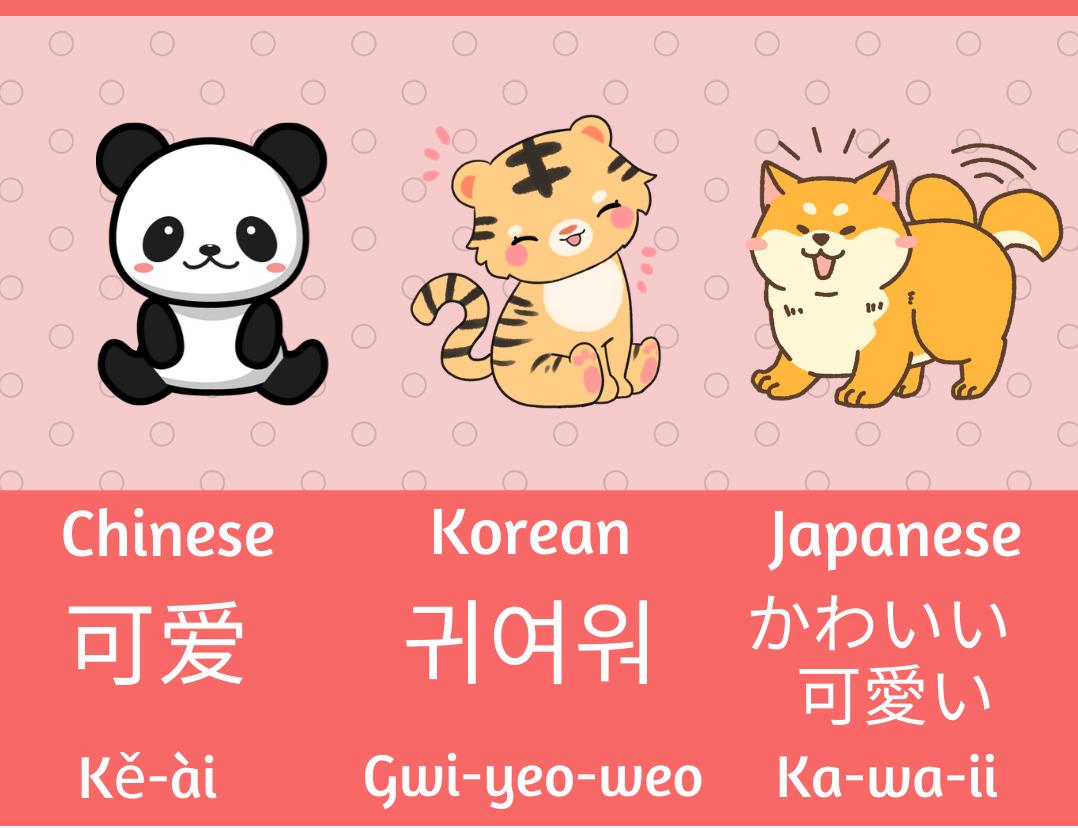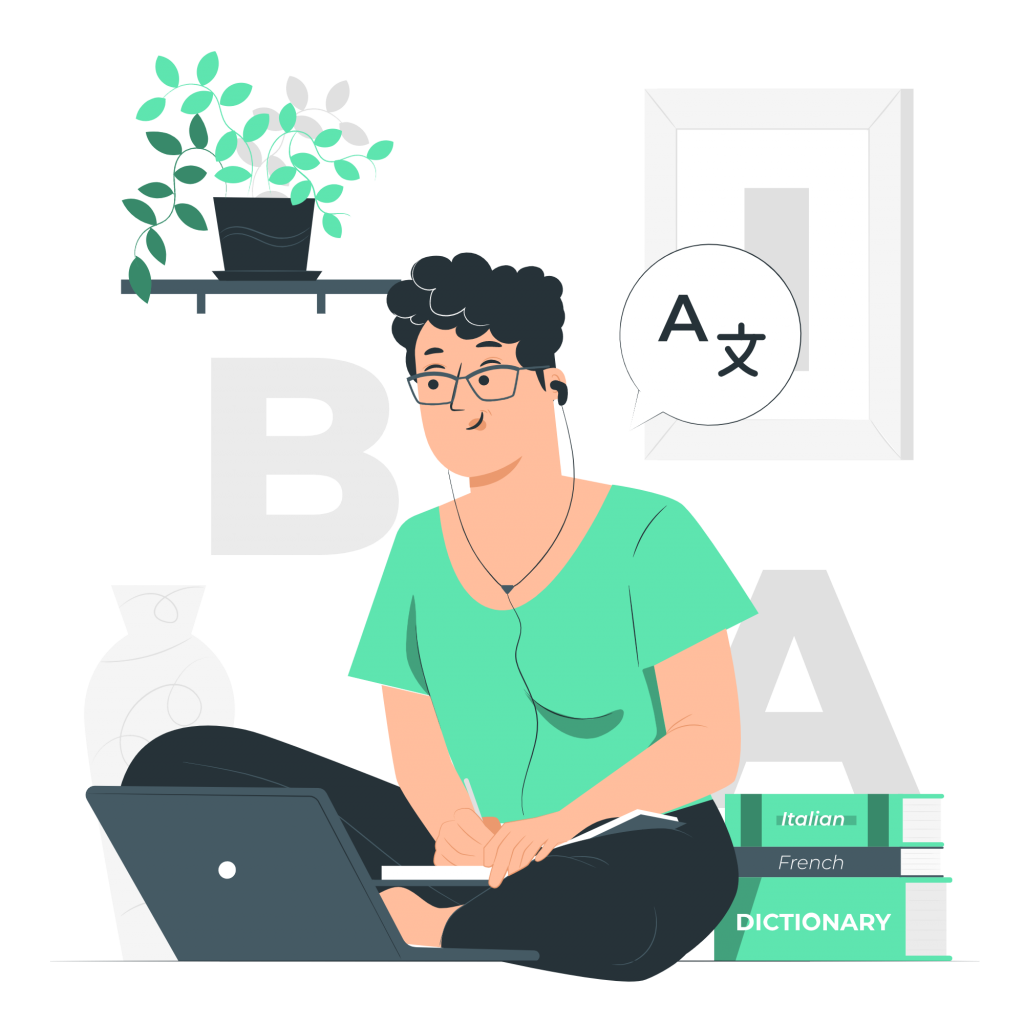We often think of Asia as a vague group of countries on the other side of the world, with mysterious languages and exotic cultures. To an unaccustomed ear, Asian languages can seem completely incomprehensible and indistinguishable from one another. Written signs can look like hieroglyphs and listening to a conversation in the original language is almost a challenge. In this article, we will analyze the three big Asian players: China, Japan, and Korea. We will analyze its linguistic diversity to try to establish which language is the most difficult to learn; in addition, we will tell you a little about Woord, a Text-To-Speech tool that can facilitate the task of learning any of them. So keep reading Chinese, Japanese, And Korean: Which Is The Most Difficult Language?
Chinese
China is the largest country in the world by population, which also means that there is a wide variety of languages. In fact, there are hundreds of mutually incomprehensible dialects in the Chinese language!
Chinese is grouped into 7 language families, also divided into additional dialects. However, the Chinese writing system is relatively consistent throughout the country.
In fact, a person who speaks Cantonese will be able to communicate with another person who speaks Mandarin through the written language. This is great for a Chinese, but it is a headache for students. Each word corresponds to an image that must be learned by heart.
Also, Chinese languages are tonal, which means that the tone of the voice can completely change the meaning of the word.
Korean
In ancient times, the Korean language was written with traditional Chinese symbols, but over time, this writing system was replaced by a phonetic system. Apparently, Korean is the simplest language to learn to read and write. But what is not so simple is its grammar… and its pronunciation!
Korean has a subject-object-verb structure, and the conjugation of verbs varies depending on the person the speaker is addressing (through three different levels of “respect”).
As if this were not enough, Korean has two different number systems and the pronunciation of consonants is very difficult for a foreigner to understand.
Japanese
The Japanese writing system has three different types of characters. The first is the Kanji, which is a system of written signs of Chinese origin that is used to represent names. Japanese and Chinese can often communicate in writing through Kanji.
The other two systems are phonetic: Hiragana is used to express grammatical functions and Katakana is used to form more modern words, imported from English and other languages.
Japanese is not a tonal language, except that some words change meaning depending on whether they are spoken in a high or low tone. But this is not as common as in Mandarin Chinese, where essentially every word behaves this way.
Like Korean, Japanese has three different levels of formality and is also a subject-object-verb language.
Chinese, Japanese, And Korean: Which Is The Most Difficult Language?
It really depends on your experience and training. Korean has the simplest writing system. Mandarin Chinese has the simplest grammar and Japanese has so many borrowed terms from English that memorizing the words is not a daunting task.
In contrast, Korean grammar is probably the most difficult, learning the tones of the Chinese language takes a lot of time and effort, and Japanese is one of the fastest languages in the world.
Therefore, it is not easy to determine which language is more difficult to learn among Chinese, Japanese and Korean.
Many of the students think that Korean is the simplest language, at least in some respects, while the majority argue that Chinese is definitely the most difficult language. However, all of these languages are among the most difficult for a Spanish speaker to learn.
Always remember that, whatever language you choose to learn, having prior knowledge of at least one other language will inevitably help you, just as, for example, speaking Spanish will help you learn French better. If you choose to learn a language that is somewhat similar to a language you already know or to your native language, you will surely have additional advantages.
Check Woord: A Text Reader Converter For Studying Chinese, Japanese, Or Korean
But first: What Is A Text Reader?
Text-To-Speech or TTS Converters are programs that automatically generate an artificial voice that reproduces the sound produced by a person speaking or reading any text out loud. They are systems that allow the conversion of texts into synthetic speech. Depending on the software we use, the audio quality will vary; we can get extremely realistic results, but there are also Saas of this kind that “talks” in a very robotic way. Therefore, it is important to choose the type of converter that best suits us. But, the truth is that there is a wide variety of TTS software today and choosing can be bothersome.
Woord is a free online TTS with a lot of helpful features. It’s available in more than 20 languages, including Chinese, Japanese, And Korean. You may convert your writing into professional speaking by using its high-quality female, male or gender-neutral voices. It’s ideal to study, since the quality of the pronunciation of this application is unique. You will be able to practice both your pronunciation and your listening comprehension.
These features, as well as all of the languages, are available for free on the basic plan; this way, you may check out the service before purchasing the premium version. The free version includes up to 20.000 characters every month, as well as professional voices, a chrome plugin, an SSML editor, and an MP3 download. Because the voices in this application are very realistic, you may adjust their speed and structure.
How to use Woord‘s Text Reader?
- First, go to https://www.getwoord.com/guest/upload
- Once you are on Woord, choose the format of the file you want to digitalize. You can scan or take pictures of the script you want Woord to “read”; you can also write it directly on the SSML editor

- Then, select or drag the files
- Below the file, an exact transcription will appear in an editor that you can modify if needed
- Then, select the gender of the voice and the device on which you will play the audio for Woord to automatically apply the appropriate enhancements to the audio for that device
- Lastly, hit the “Speak it!” button and download.
And that would be it! Here is an extra little help if you want to try it: How To Use Woord’s SSML Editor


